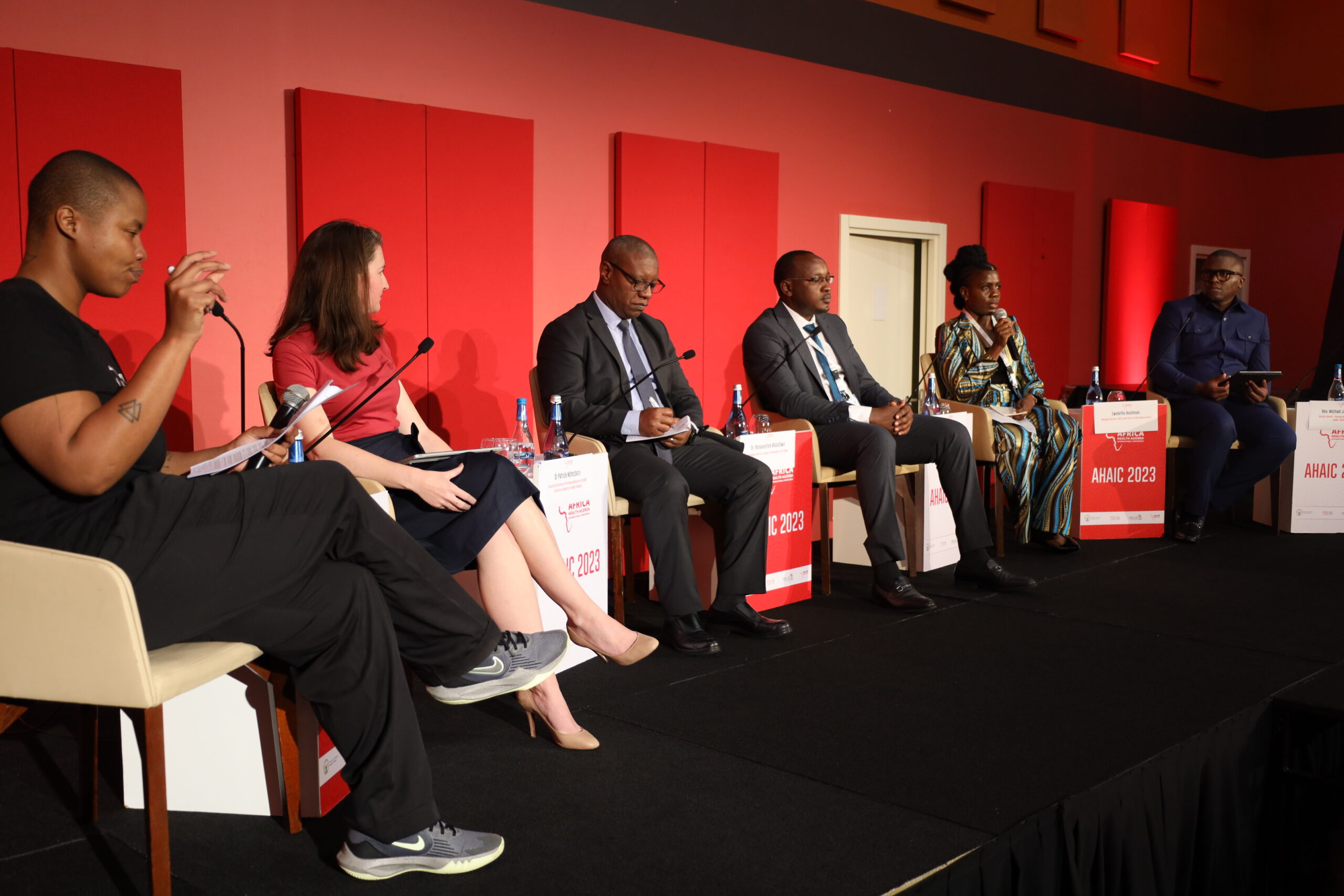The Sustainable Development Goals (SGD) 3 has been claimed by champions of Universal Health Coverage (UHC) to be a victory for an approach focused on strengthening public health systems. However, achieving the global health goals for 2030, as set out in the SDGs, requires the availability of a sufficient number of well-trained and adequately resourced health workers to ensure healthy lives and promote well-being for all, with a particular focus on reducing maternal and child mortality, combating communicable and non-communicable diseases, and ensuring universal access to essential health services.
The shortage of health care workers is one of the greatest obstacles to achieving Universal Health Coverage. This shortage is particularly acute in African countries, where there are often too few healthcare workers to meet the needs of the population. A recent World Health Organization (WHO) research reveals that this shortage is hindering access to the provision of healthcare services, despite regional attempts to expand the workforce.
Africa’s long-standing health workers shortage stems from several factors, including poor retention of health personnel. It is projected that the shortage of health workers in Africa will reach 6.1 million by 2030, a 45% increase from 2013, the last time projections were estimated.
In tackling this, Africa health leaders, policy makers, health workers, community mobilisers, media, and researchers gathered in Kigali, Rwanda for the Africa Health Agenda International Conference (AHAIC) 2023, organised by AMREF Africa in conjunction with Rwanda’s Ministry of Health, The African Union and the Africa Centre for Disease Control (CDC), to engage in dialogue and commit to actions aimed at mainstreaming climate discourse into health policy conversations under the theme “Building Resilient Health Systems for Africa: Re-Envisioning the Future Now.”
WomenLift Health was represented by the Health Integration and East Africa Director Dr. Norah Obudho who reiterated the need for Inclusive health policies which will only be realized if the voices of girls and women are acknowledged, respected & acted upon.
“If we exclude half of our population–women–from decision-making tables, we will never have policies and programs that prioritize the needs of young girls, adolescents, and women. There is a need to actively break down the barriers that deny women access to decision-making tables, moving away from sexual harassments to sober policies and progressive frameworks that provide a healthy environment in which women can thrive,” Dr. Norah said.
To solve the lack of health professionals and attain the global health objectives, it is crucial to invest in the wellness, education and training of healthcare workers, especially in low- and middle-income countries.
This involves ensuring that health professionals are compensated fairly, have access to suitable working conditions and equipment, and have chances for professional growth and progress. It is essential to encourage the retention of health care professionals, especially in rural and isolated locations where shortages are sometimes most severe. This may be accomplished through a variety of techniques, including financial incentives, professional progression chances, and supportive working environments.
The shortage of health workers is a major barrier to the attainment of UHC. Addressing this shortage requires a multifaceted approach that includes investing in education and training for healthcare workers, utilizing technology to improve healthcare delivery, and strengthening healthcare financing. By addressing the shortage of health workers, countries can improve access to essential healthcare services and promote better health outcomes for all.


